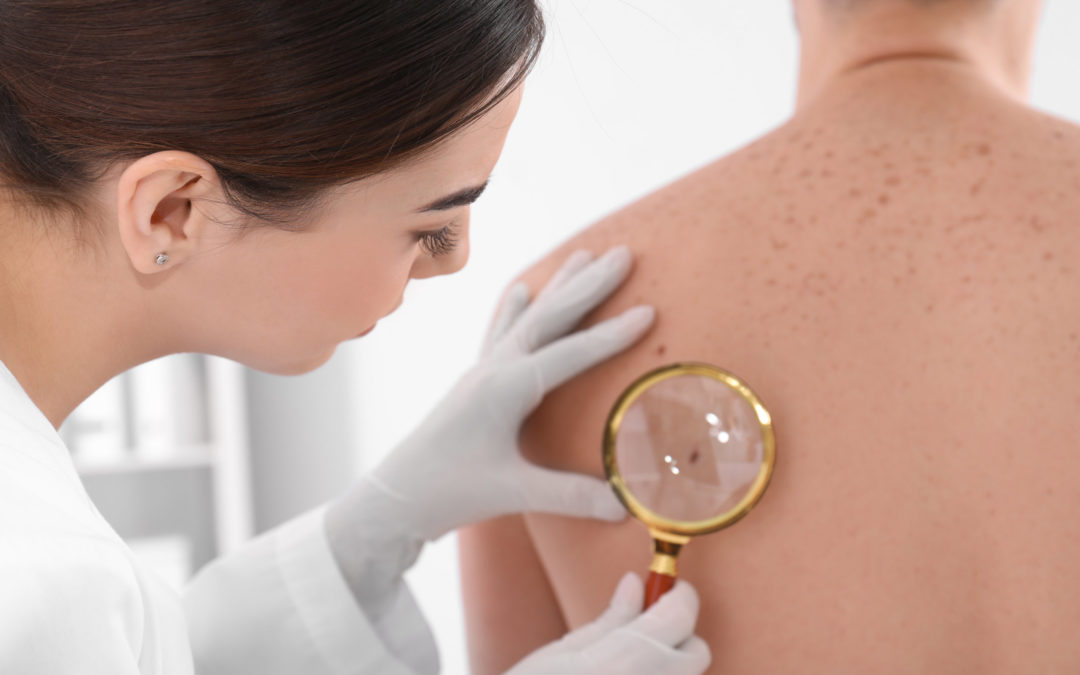According to the Skin Cancer Foundation, 1 in 5 Americans will develop skin cancer by the age of 70. With skin cancer being relatively common, it’s no wonder why many people want to assess their own risk for developing it. Here, we’ll discuss the main risk factors for skin cancer and what you can do to protect yourself against this prevalent condition.
Risk Factors For Skin Cancer
There are two main factors that determine your risk of developing skin cancer. These include the cumulative UV radiation that you’ve received and your genetics.
- UV Radiation
Skin cancer is mainly caused by UV radiation from the sun. The more radiation that you’ve received, whether with sunburns or without, the higher your risk of developing skin cancer. Since you accumulate more UV radiation over the course of a lifetime, the risk of skin cancer increases with age.
- Genetics
Genetics also play a role in skin cancer risk. Darker skin types are naturally more protected against damage from UV radiation. Some skin types are also naturally better equipped to stop skin cancer progression after UV damage takes place. Generally speaking, people with lighter skin tones, green or blue eyes, and blond or red hair are genetically at a heightened risk of skin cancer.
How To Lower Your Skin Cancer Risk
The most effective way to lower your risk of developing skin cancer is to avoid UV radiation from the sun. Whenever you go outside, make sure to put on sunscreen with an SPF of at least 30 and reapply every few hours while you’re spending time outside. During the hours of peak sun, which is between 10 a.m. and 4 p.m., try to stay in the shade and/or wear clothing to cover your skin. Note that you can still get UV radiation indoors when the sun is streaming through the window, so don’t skimp on that sunscreen!
To ensure that any sign of skin cancer is caught early on, receive a skin cancer screening each year. To schedule your screening exam, contact The Bowman Institute today.

